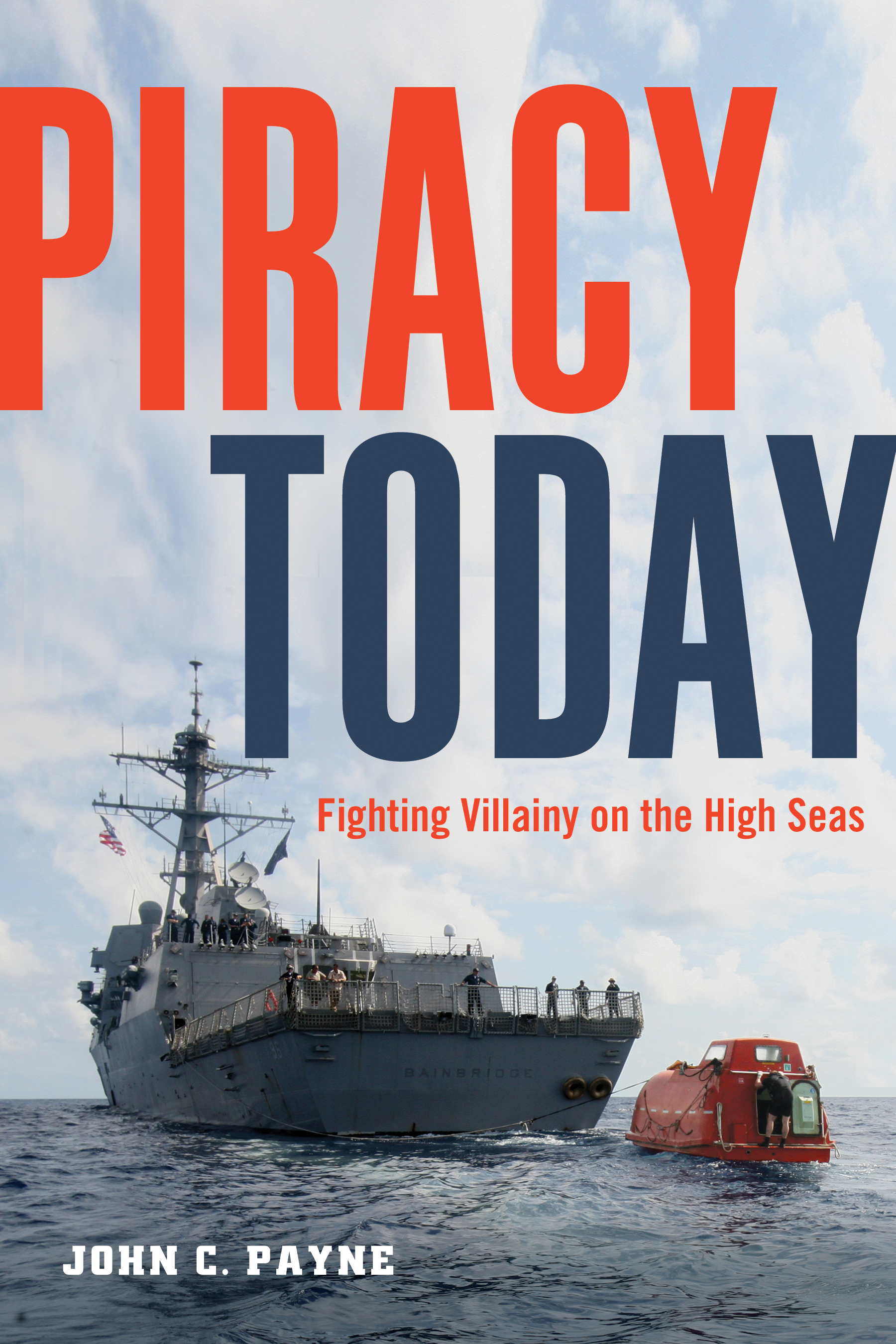Piracy
in Red Sea
Piracy in Red Sea is the main challenge. This webpage is extracted from my book Piracy Today. The following are condensed recommendations for yachts transiting the Gulf of Aden, Yemen, and Somali regions up to 600 nautical miles offshore. The International Sailing Federation offers additional guidelines in cooperation with the Maritime Security Center Horn of Africa, which was established by EU NAVFOR Atalanta. Check the sailing federation’s website for the latest information as the situation is somewhat dynamic. The Maritime Security Center liaises with the various naval vessels from several nations conducting antipiracy patrols for the protection of merchant vessels, as far as surveillance and support is practical. There is no guarantee that any yacht or merchant vessel can be adequately protected.
Although it is unpleasant to consider, thought should be given regarding the feasibility of paying a ransom if you and the crew are taken hostage. Do you have the financial resources or capability to raise a million dollars or more in cash? Who will handle the raising of a ransom? Governments do not pay ransoms on your behalf, so you can’t count on assistance from your home country. The subject of passing through the Red Sea to Suez is a vexed one and many choose the long route via the Cape of Good Hope.
Piracy
in Red Sea
If a yacht crew decides to take the risk and transit through the area, they should make their plans known with as much notice as possible as and the Maritime Security Center.
NAVAL COOPERATION AND GUIDANCE FOR SHIPPING (NCAGS) - BAHRAIN.
Emergency Reporting - Telephone: +973 1785 8240 (Watch keepers)
HELPLINES Telephone: (+973 1785 8240) or (+973 1785 1023)
Email: CUSNC.NCAGS_BW@ME.NAVY.MIL and CUSNC.BWC@ME.NAVY.MIL
The Maritime Security Center Indian Ocean
They have Voluntary Registration Scheme, the MSCIO provides 24/7 assistance to seafarers, issuing timely alerts, comprehensive threat assessments, and incident-specific bulletins. Go to the website at ttps://eunavfor.eu and to get a background check out the most recent newsletters
Contact information is as follows.
Tel: +34 956470534 (24/7)
Tel: +34 956470534 (24/7)
E-Mail: postmaster@mscio.eu
Piracy
in Red Sea
You will need to provide the following information. Also make sure someone ashore has all the details, plus crew information. Yacht name; MMSI number; national registration number, if any; home port; flag state; call sign; LOA; number of persons on board and whether male or female; Satcom-C number, if any; satellite phone numbers, if any; MF/HF details, if any; normal and maximum cruising speeds; color of topsides; color of deck; color of hull; rig details; sail numbers and insignia; e-mail addresses being used on board, if any; captain’s name, nationality, and passport number; yacht club or association, if any; the contact person ashore who can be reached twenty-four hours a day, seven days a week and who has all boat and crew details; the dates and places of intended passage. The information is sourced from my book Piracy Today which is available here.
Piracy
in Red Sea
A yacht should register at least two weeks before entering the area. Yachts coming south through the Red Sea should report before reaching Bab al Mandab and also should register before reaching Safaga/Jeddah. Following registration, the Maritime Security Center will e-mail yacht piracy alerts until the yacht is clear of the area. The center will also pass details of yacht movements to naval vessels patrolling in the area.
Piracy
in Red Sea
While transiting the
area all yachts should monitor VHF channel 16 and VHF channel 8 and file
movement and status reports as advised by the Maritime Security Center or by
any patrolling naval vessel. In an emergency, use VHF channel 8 and VHF channel
16, or the telephone numbers given below, as all are on twenty-four hour
watches.
Piracy in Red Sea
Merchant ships are being advised to use the Internationally Recognized Transit Corridor to receive maximum naval patrol protection. Yachts are advised to transit either within or close to this corridor. The IRTC is very similar to a traffic separation zone, and the two, five-mile lanes are separated by a two nautical-mile separation zone. The IRTC coordinates are as follows.
Piracy
in Red Sea
Yachts are advised to
transit either in the two nautical-mile buffer zone or close to the outer
limits of the lanes. This maximizes the chances of being heard on any VHF call
by both naval and merchant vessels. However, be warned. Being heard is not guaranteed.
It is also advised that yachts join the IRTC as early as possible before the
IRTC start position to maximize protection. Yachts are also advised to travel
as far as possible at night with no navigation lights turned on. Run
under power with no sails up to reduce visibility. The practice of forming
small groups or convoys in Djibouti, Aden, and Salalah is encouraged by naval
authorities, and the advice is to limit groups to five yachts because this is
the most practical for close formation when yachts are typically short-handed. Piracy today is real and the Red Sea is the most dangerous..

